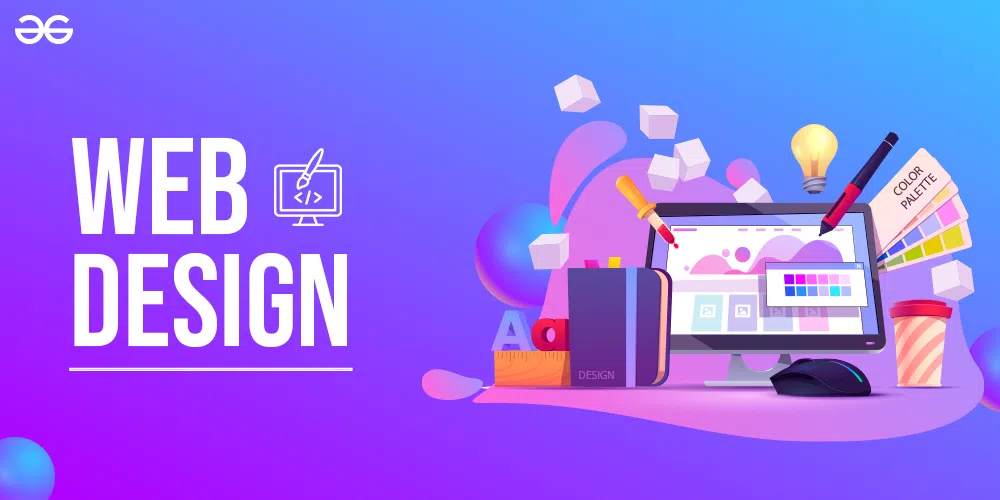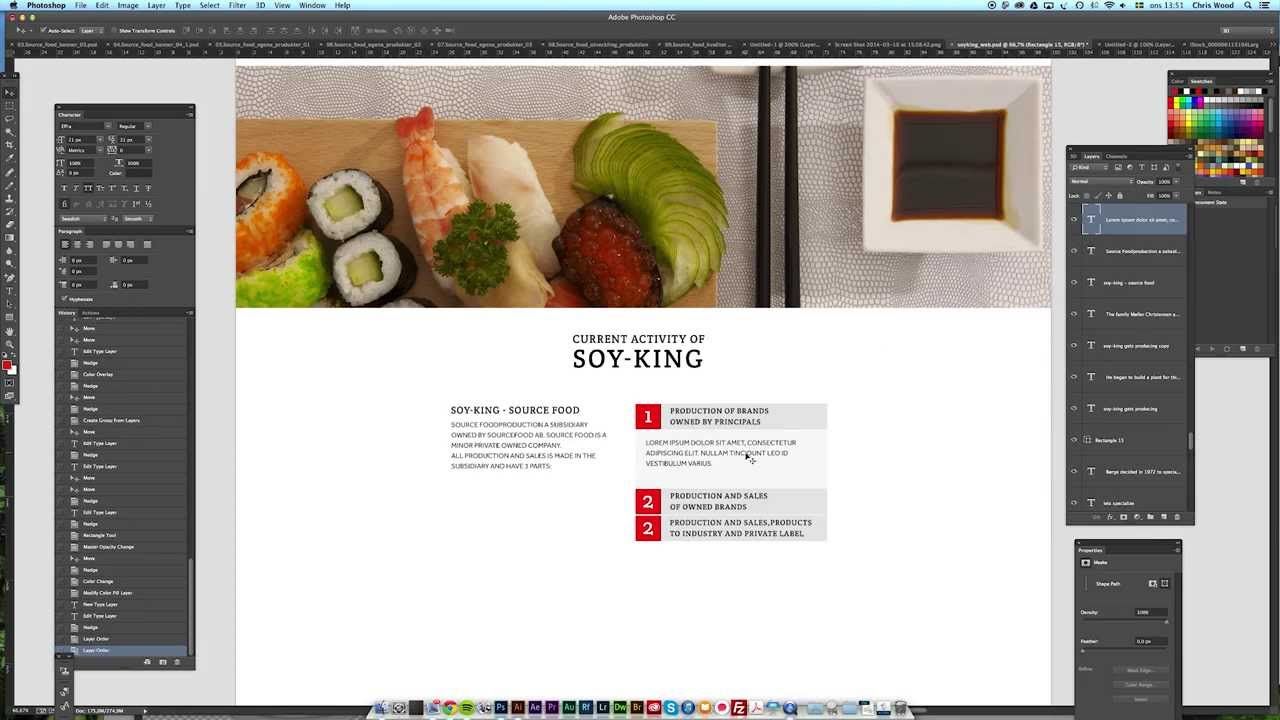Enhance User Experience With Creative Website Design Solutions
In an electronic landscape where individual experience preponderates, the function of innovative internet design remedies can not be downplayed. The fusion of creativity and functionality is pivotal in maintaining the attention and catching of on-line visitors in a sea of sites trying interaction. By prioritizing user-centered layout principles, including interactive components, welcoming a mobile-first strategy, enhancing site rate, and refining aesthetic pecking order, companies can develop a digital visibility that reverberates with their audience on a profound level. The trip to crafting compelling web experiences starts with a critical blend of development and compassion, leading the way for meaningful links between customers and brand names.
Value of User-Centered Layout
Stressing the relevance of user-centered style is vital in creating digital experiences that reverberate with and provide to the demands of the target audience. User-centered design focuses on recognizing the behaviors, choices, and pain factors of individuals to establish solutions that resolve their certain needs. By focusing on user demands, designers can develop user interfaces that are instinctive, easily accessible, and engaging.

Additionally, including customer feedback throughout the design process is vital for refining and improving the user experience. By iteratively testing and collecting responses, designers can make enlightened decisions that boost use and total contentment - web design and seo services. Inevitably, prioritizing user-centered layout results in a lot more effective electronic experiences that resonate with customers and drive involvement
Using Interactive Components
Comprehending the habits and choices of users through user-centered layout lays a strong foundation for successfully incorporating interactive aspects into website design remedies. Interactive components such as animations, float results, sliders, and interactive forms can dramatically improve customer interaction and produce a remarkable searching experience. By purposefully putting interactive aspects throughout the site, developers can assist individuals via the content and motivate them to interact with the site.
One key element of using interactive components is to make certain that they serve a purpose and include value to the individual experience. As an example, interactive item showcases can aid customers discover various functions, while interactive infographics can make complex details extra absorbable. In addition, integrating interactive aspects that reply to customer inputs, such as customized suggestions or interactive tests, can further engage customers and customize the experience to their requirements.
Applying Mobile-First Technique

Implementing a mobile-first approach in web style entails focusing on the advancement of the site for mobile phones before desktop computer versions, aiming to optimize the customer experience on smaller screens. With the enhancing usage of mobile phones and tablet computers for searching the internet, making with mobile users in mind has actually become paramount. By beginning the style process with mobile tools, developers guarantee that the internet site is streamlined, lots swiftly, and provides crucial info and performance upfront. This method pressures designers to concentrate on what truly matters for the individual, bring about a much more instinctive and effective layout.
Mobile-first layout likewise encourages simplicity and quality in layout and content discussion. Attributes like responsive design and touch-friendly navigation are prioritized, improving the general user experience. Furthermore, mobile-first layout can positively impact search engine optimization (SEO) initiatives, as internet search engine like Google focus on mobile-friendly sites in their positions. By executing a mobile-first method, internet designers can produce internet sites that are not just visually attractive however also highly functional and obtainable across different great post to read tools, eventually resulting in enhanced individual fulfillment and interaction.
Optimizing Website Rate
To improve individual experience and site performance, prioritizing site speed optimization is essential in modern-day web style practices. A fast-loading internet site is essential for enhancing and preserving site visitors conversion rates. One of the crucial consider maximizing web site speed is minimizing HTTP demands by reducing the number of aspects on each page. This can be accomplished by combining several design sheets into one, using CSS sprites for photos, and minimizing scripts.
Additionally, making it possible for browser caching allows returning site visitors to load the internet site quicker by saving a variation of the site locally. Pressing photos and documents, making use of tools like Gzip, can substantially decrease filling times without jeopardizing top quality - web design and seo services. Furthermore, maximizing code, such as HTML, CSS, and JavaScript, can enhance website speed by eliminating unnecessary characters and spaces
Routinely keeping track of and assessing website performance via tools like Google PageSpeed Insights or GTmetrix can aid identify locations for enhancement. By focusing on site speed optimization, web designers can create a smoother, extra effective user experience that eventually leads to increased engagement and complete satisfaction.
Enhancing Visual Hierarchy
By purposefully organizing elements on a page, internet designers can effectively improve visual hierarchy, assisting individuals with web content with quality and emphasis. Aesthetic power structure plays a crucial role in guiding customer focus, making sure that one of the most crucial information attracts attention while maintaining a feeling of order and balance on the web page. To accomplish this, developers utilize numerous layout principles such as size, shade, spacing, read the full info here contrast, and alignment.
Dimension is a vital element in establishing aesthetic hierarchy, with bigger elements typically attracting even more attention. By making important components larger, developers can quickly capture customers' emphasis. Color also plays a considerable duty, as different colors can produce visual rate of interest and highlight particular web content. Contrast, whether via shade, dimension, or font weight, helps set apart in between components and focus on info.
In addition, placement and spacing contribute to a clean format that overviews users perfectly through the material. Appropriate positioning guarantees a logical circulation of details, while appropriate spacing stops clutter and permits much easier navigating. By carefully considering these style principles, internet developers can create aesthetically enticing and easy to use websites that improve the overall user experience.
Conclusion
To conclude, prioritizing user-centered layout, interactive elements, a mobile-first technique, internet site rate optimization, and aesthetic pecking order are vital elements in improving the user experience via creative website design services. By focusing on these aspects, web sites can better engage users, enhance use, and eventually drive success. It is essential for internet developers to constantly introduce and adjust to advancing trends to guarantee a pleasurable and smooth Recommended Reading experience for site visitors.

By carefully taking into consideration these style concepts, web developers can produce visually appealing and easy to use internet sites that improve the general user experience.
In final thought, prioritizing user-centered layout, interactive elements, a mobile-first strategy, internet site rate optimization, and visual power structure are important elements in improving the user experience with innovative internet style solutions.